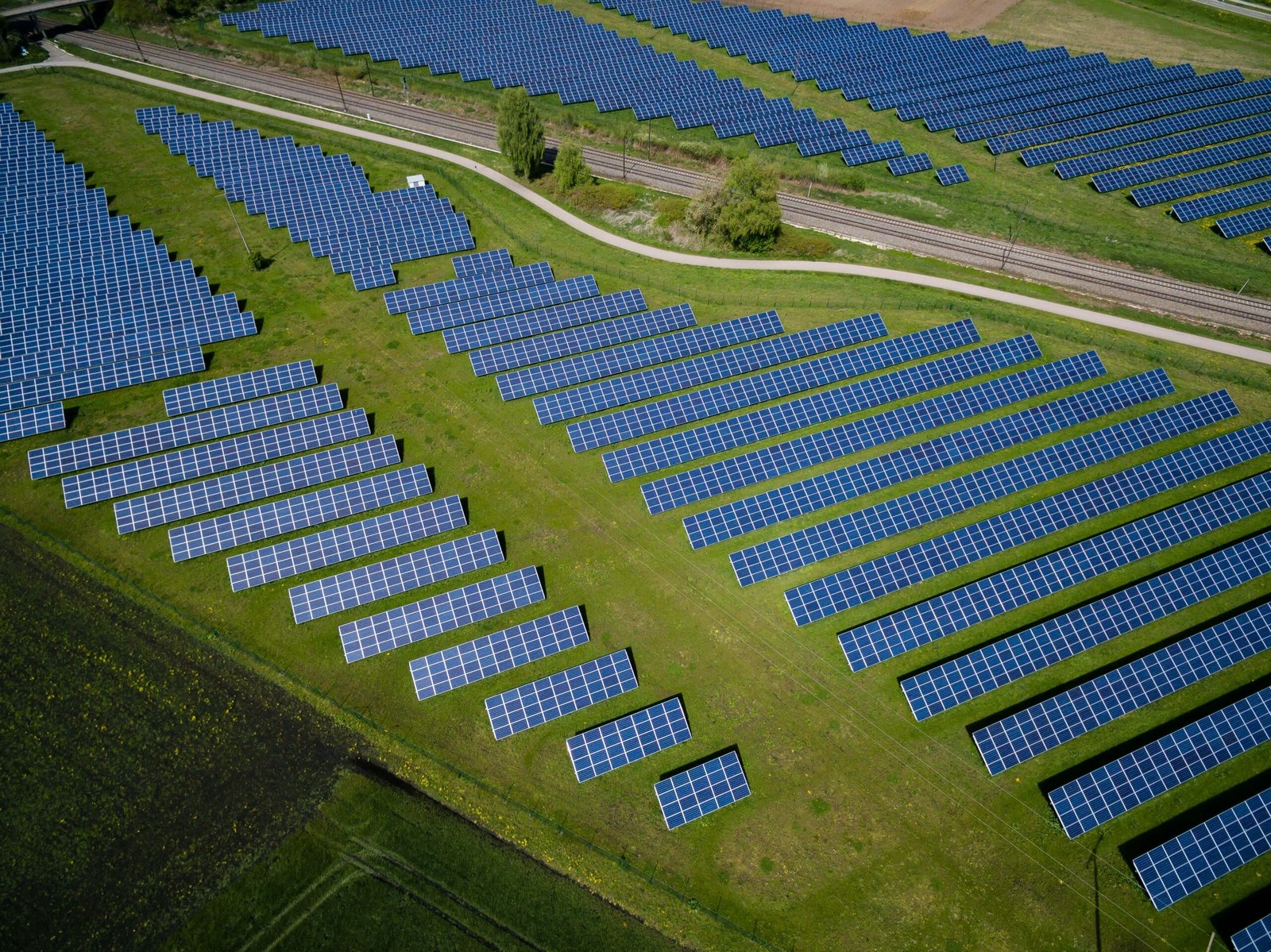Understanding Renewable Energy Options
Electric utilities increasingly offer an array of renewable energy sources to their customers, providing opportunities to contribute to a more sustainable future. These renewable energy sources include solar, wind, hydroelectric, and biomass. Solar energy harnesses sunlight using photovoltaic cells, converting it into electricity. Wind energy, captured through turbines, transforms kinetic energy from the wind into electrical power. Hydroelectric power generates electricity by utilizing the flow of water, while biomass energy is produced from organic materials, such as plant and animal waste.
The integration of these renewable energy sources into the utility grid is a complex but essential process. Electric utilities blend energy from various sources to ensure a stable and reliable supply. This integration involves balancing the intermittent nature of renewables like solar and wind with more consistent energy sources. By incorporating renewable energy into the grid, utilities can reduce reliance on fossil fuels, thus lowering the overall carbon footprint.
Choosing renewable energy offers several benefits. Firstly, it significantly reduces carbon emissions, contributing to the fight against climate change. Secondly, it promotes energy independence by decreasing reliance on imported fossil fuels. Lastly, it can lead to potential cost savings in the long run, as renewable energy technologies become more efficient and less expensive.
Electric utilities provide various programs and plans for customers interested in purchasing renewable energy. One common option is green pricing programs, where customers can pay a small premium to support the utility’s investment in renewable energy projects. Renewable Energy Certificates (RECs) are another option; these certificates represent the environmental benefits of renewable energy and can be purchased to offset one’s carbon footprint. Community solar programs allow customers to buy or lease a portion of a solar array, receiving credit on their electricity bill for the power generated by their share.
By understanding these renewable energy options and the programs available, customers can make informed decisions that align with their sustainability goals and contribute to a cleaner, greener future.
Steps to Purchase Renewable Energy from Your Utility
Purchasing renewable energy from your electric utility can be a straightforward process when you follow the necessary steps. The first step involves researching and comparing the renewable energy options available through your local utility. Many utilities offer different plans that include varying levels of renewable energy sources such as wind, solar, and hydroelectric power. To make an informed decision, review the details of each plan, including the percentage of renewable energy, the costs associated, and the contract terms. This information is often available on the utility’s website or by contacting their customer service department.
Once you have selected a renewable energy plan that fits your needs, the next step is to sign up for the program. This typically involves filling out paperwork or completing an online registration process. Ensure you have your account information readily available, as this will likely be required to enroll in the program. Some utilities may offer the option to enroll through their customer service hotline if you prefer to speak with a representative directly. Be sure to review any terms and conditions associated with the renewable energy program before finalizing your enrollment.
After enrolling in a renewable energy program, it is important to monitor your energy usage and understand your utility bill. Most utilities provide detailed billing statements that highlight your energy consumption and the proportion derived from renewable sources. Regularly reviewing your bill can help you track your usage and ensure you are benefiting from the renewable energy program. Additionally, many utilities offer online portals where you can view your energy consumption in real-time and access resources to help manage your energy usage more effectively.
If you encounter any issues or have questions about your renewable energy program, do not hesitate to contact your utility for assistance. Customer service representatives can provide support and clarify any concerns you may have about your renewable energy plan. By following these steps, you can smoothly transition to using renewable energy from your electric utility and contribute to a more sustainable future.


































